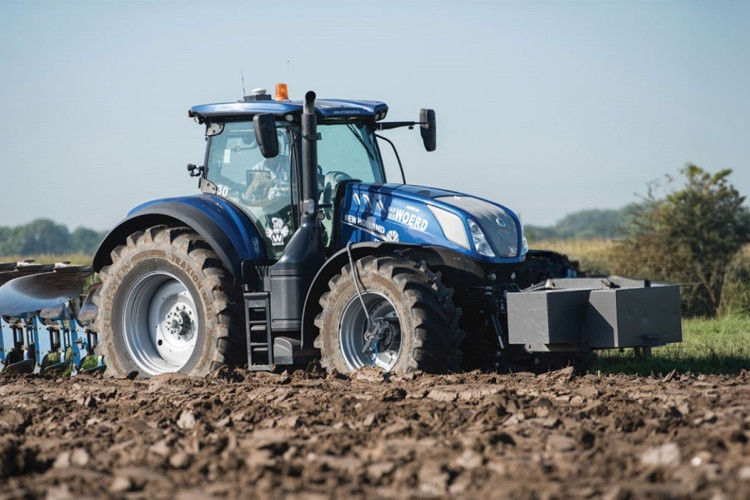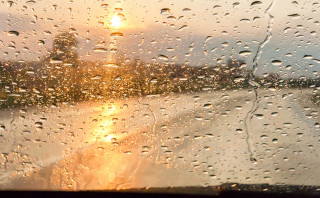Summer ice: The scourge of the holiday motorist
We know what you’re thinking. Summer Ice is something you find just North of Invercargill. Well, maybe. But no matter how far you are from the Southern Lands (in fact maybe more so if you're in a slightly drier part of the country), summer ice is something to be aware of as our days heat up.
So what on earth is summer ice then? It’s a term used to describe conditions on a greasy road when it rains following a prolonged dry period. Immediately after the rain, the roads often become slippery and it’s easy to lose traction. Much like driving on... well... ice. Actually, it's very like driving on black ice in the winter time - in that you can't see it, but you're sure going to find out it's there if you put your foot down in the wrong place. But what causes it and how do you deal with it?
The Causes of Summer Ice
So how do we get ‘ice’ from heat and the dry? The answer lies in, or rather on the road. During a dry spell the road surface tends to accumulate dirt, dust, oil and other materials. With no rain to ‘clean’ the roads, this all just keeps on adding up and sits there on the surface. With the exception of a bit of dust getting kicked up by vehicles, there’s no real threat. The accumulated material just sits there without creating too many issues.
But when it starts raining, before all the accumulated material on the road is washed away, it sits there and creates a thin liquid film on the roads surface. Which essentially becomes a layer of liquid between your tyre and the road.
Aquaplaning vs Summer Ice
Aquaplaning, or hydroplaning, is never fun and can have tragic results.
Most of us know the dangers of hitting standing water on the road during (or immediately after) heavy downpours. Losing connection with the road in these conditions is known as aquaplaning. As you speed along the road, a wedge of water can be built up suddenly (from a puddle or suchlike) and ‘lift’ your tyre from the road, essentially removing your control of the vehicle. It’s scary and anyone who has had it happen to them knows the feeling of helplessness when it strikes. You basically lose the ability to steer and control the vehicle until traction is returned.
With summer ice however, things are a little different. All of that contamination on the road forms a thin liquid film on the road. It has much the same effect as aquaplaning inasmuch as it removes the tyres ability to remain in contact with the road. The result is the sudden loss of traction and ability to control the vehicle.
Here’s the kicker. After a heavy downpour, you can normally see large pools of water on the road and do what you can to avoid them. With summer ice, the road looks normal or possibly slightly damp. There's no visible signs of danger. So what do you do?
Be Summer Ice Savvy
How do you deal with something you can’t see? Well, luckily there are a few things you can do and we’ve gone ahead and prepared a nice little list of helpful hints for you:
-
Be aware of the first 10 minutes.
These are always the worst, although the time can depend on the severity of the rain that comes down. Essentially, you need the rain to wash away that film of contamination sitting on the road. Until it does that the threat remains. Maybe give it a few minutes before hitting the road if you can, giving the rain a chance to work its magic sweeping act. -
Keep the speed down.
If you're travelling in conditions that suggest a very greasy road is likely (i.e. the rain has just started after a long dry spell), then take precautions. A little slower around corners and a little extra space in front could save a catastrophe. -
Take extra care on corners.
Along with braking, cornering brings extra forces into play and is the most likely time you'll discover the the road is a bit slippery. There’s no avoiding corners of course and you can’t go in a straight line forever (unless you’re on this - but probably not much chance of rain hitting the road if you are). You can slow down and take it easy though. No need to push the limits in an attempt to hit G force. -
Gentle braking and accelerating.
Smooth and gentle is very much the aim. You’re reducing stress on the tyres and not asking them to do much. Maybe put some slow music on. We’re serious. Slow music will help you down. Load up the beats with techno or Heavy Metal and you’re much more likely it the pedal with aggression. Don’t believe us? Read this. -
Increase your following distance.
We want to avoid possible situations that will test just how good traction with the road is. Just the same as in heavy rain or icy conditions really. So there’s no need to follow the car behind you like you’re a dog, trying to sniff... you get the point. -
Allow some extra travel time.
To be fair, all of the advice is about taking it easy and slowing down, so this one is pretty obvious. If the order of the day is to drive like you have a cup of boiling hot coffee resting on your lap, then you need to schedule a few more minutes for the journey.
The Tyre Difference
There’s a common thread to all of this. Yup - you guessed correctly, it’s the tyres. If there’s an issue or potential issue with traction then you need to reduce the stress (or potential stress) on the tyres.
But what about the tyres themselves? You need to check them. Getting the tyre pressure right will help you get the best from your tyres and make sure they perform better (and last longer).
The tread needs... well... to have some tread left. And we’re not talking about the minimum. If you want to give yourself the best chance of stopping or getting around that corner, you need at least 3mm. Get below this and the performance in wet braking starts to reduce dramatically.
Regular checking of your tyres, summer ice or no summer ice, should be on your list of regular checks, like oil and water. Do that and you’ll put yourself in the best position to enjoy the summer. Rain or shine.
The End of Summer (Ice)
For the threat of summer ice to disappear means the end of summer, or else just a great deal of rain to ensure the roads are nice and clean. In the meantime, we just need to remember the downside to a long, hot dry spell and drive with a little more caution than usual when the rain comes.
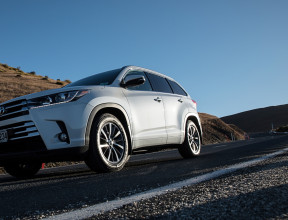
-
Topics:
- Road Safety
More tips and articles
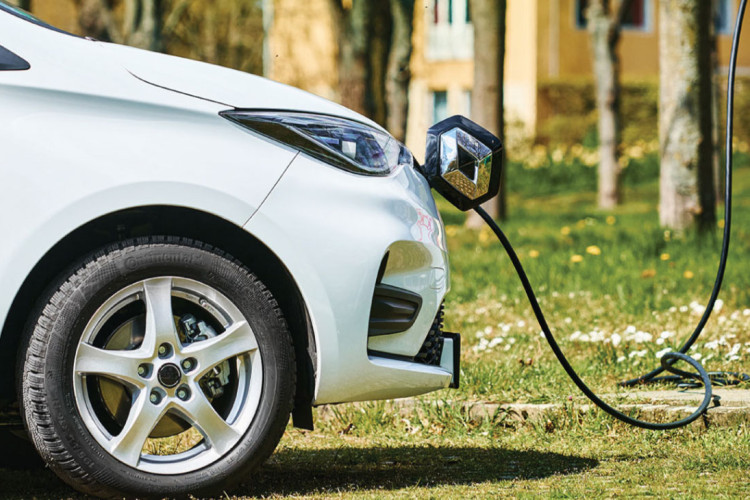
Tyres for Electric Vehicles
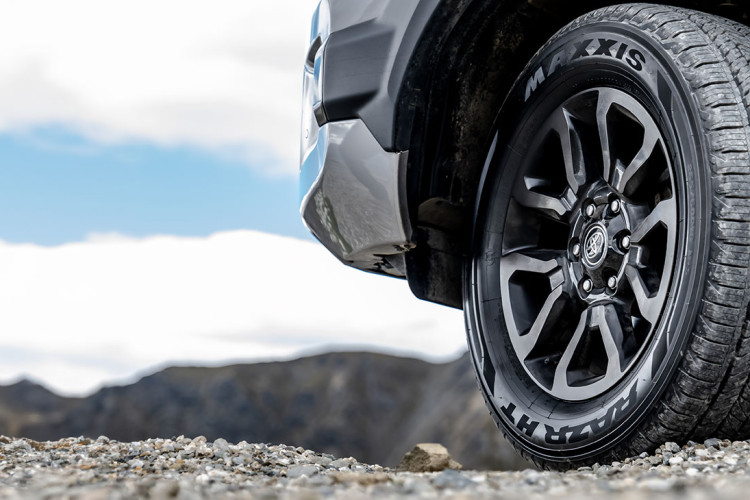
Product Spotlight:
Maxxis HT780 RAZR HT
